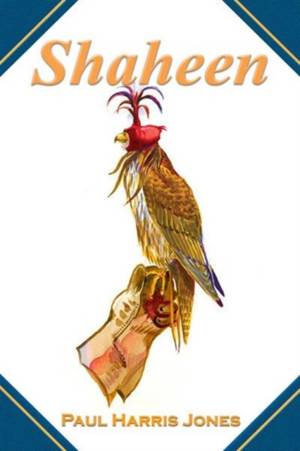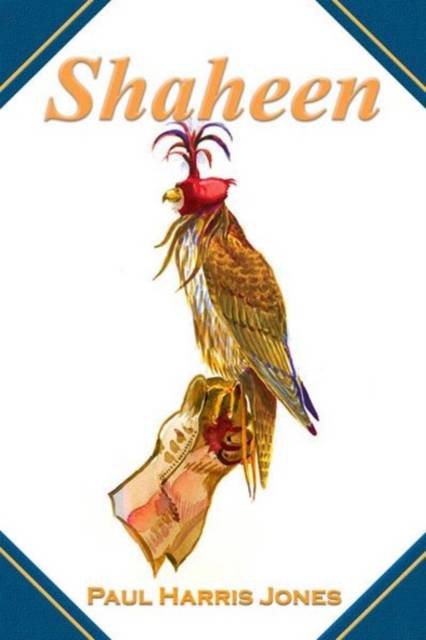
- Retrait gratuit dans votre magasin Club
- 7.000.000 titres dans notre catalogue
- Payer en toute sécurité
- Toujours un magasin près de chez vous
- Retrait gratuit dans votre magasin Club
- 7.000.0000 titres dans notre catalogue
- Payer en toute sécurité
- Toujours un magasin près de chez vous
Description
The book chronicles the capture and 'taming' of a tiercel saker falcon. While the story details the training and hunting episodes that took place with the bird, it is really a study of the bond that can grow between falconer and falcon. A lyrical account of an association between a man and a bird against the exotic backdrop of the Turkish countryside. The book chronicles the capture and taming of a tiercel saker falcon. While the story details the training and hunting episodes that took place with the bird, it is really a study of the bond that can grow between falconer and falcon. Shaheen is a naturalist's account of an association between author Paul Jones and a saker falcon in the early 1970s, before the scourge of DDT affected many species of falcons throughout the world. The author/illustrator gives us an inside view of falconry and all its trappings, little changed since the Middle Ages. In this narrative, taken from his own diaries, Jones skillfully describes his efforts to hunt game in scattered locations throughout Turkey-its dry zones, its mountains and its frozen wastes. Though there were many losses of Shaheen during the hunt, the two always reunited. In the end, in striving to find a mate for his tiercel, Jones loses the newly caught falcon and ends up releasing Shaheen, his hunting companion for a year and a half. The book begins with a brief introduction to the history and geography of the region where the story takes place. The first section of the book is entitled Coming In and is made up of five chapters. Chapters one through five cover the author's experiences in the region, first sight of the eyrie from where Shaheen is obtained, the actual capture of the bird, starting training and getting the bird entered. The second section of the book is called Going Up and is again comprised of five chapters. These chapters are descriptions of various training and hunting episodes with Shaheen. The third section of the book is called Staying Out and is made up of four chapters. These chapters detail further experiences with Shaheen, the search for a suitable mate for him, the loss of the new mate, Shaheen's own disappearance and reappearance and a final farewell to the bird. The book concludes with an epilogue and a couple of appendices: Appendix I presents the first molt feather measurements. Appendix II offers readers a selection of excerpts from notable falconry books in Jones' possession and add some interesting independent observations to those of his own work about this fascinating falcon of the old world. They deal with descriptions of the birds, their observed behaviors and their usefulness for falconry. Additionally, Jones' delightful illustrations accompany the text throughout the book. This book is certain to entertain falconers and those unfamiliar with the art of falconry alike. Aside from the brief accounts of saker falcons being used for falconry that appear in Middle-Eastern literature, little is known of this desert falcon and its hunting habits. This is a valuable addition to that body of literature.
Spécifications
Parties prenantes
- Auteur(s) :
- Editeur:
Contenu
- Nombre de pages :
- 160
- Langue:
- Anglais
Caractéristiques
- EAN:
- 9780888396389
- Date de parution :
- 31-05-07
- Format:
- Livre relié
- Format numérique:
- Genaaid
- Dimensions :
- 140 mm x 216 mm
- Poids :
- 340 g

Les avis
Nous publions uniquement les avis qui respectent les conditions requises. Consultez nos conditions pour les avis.






